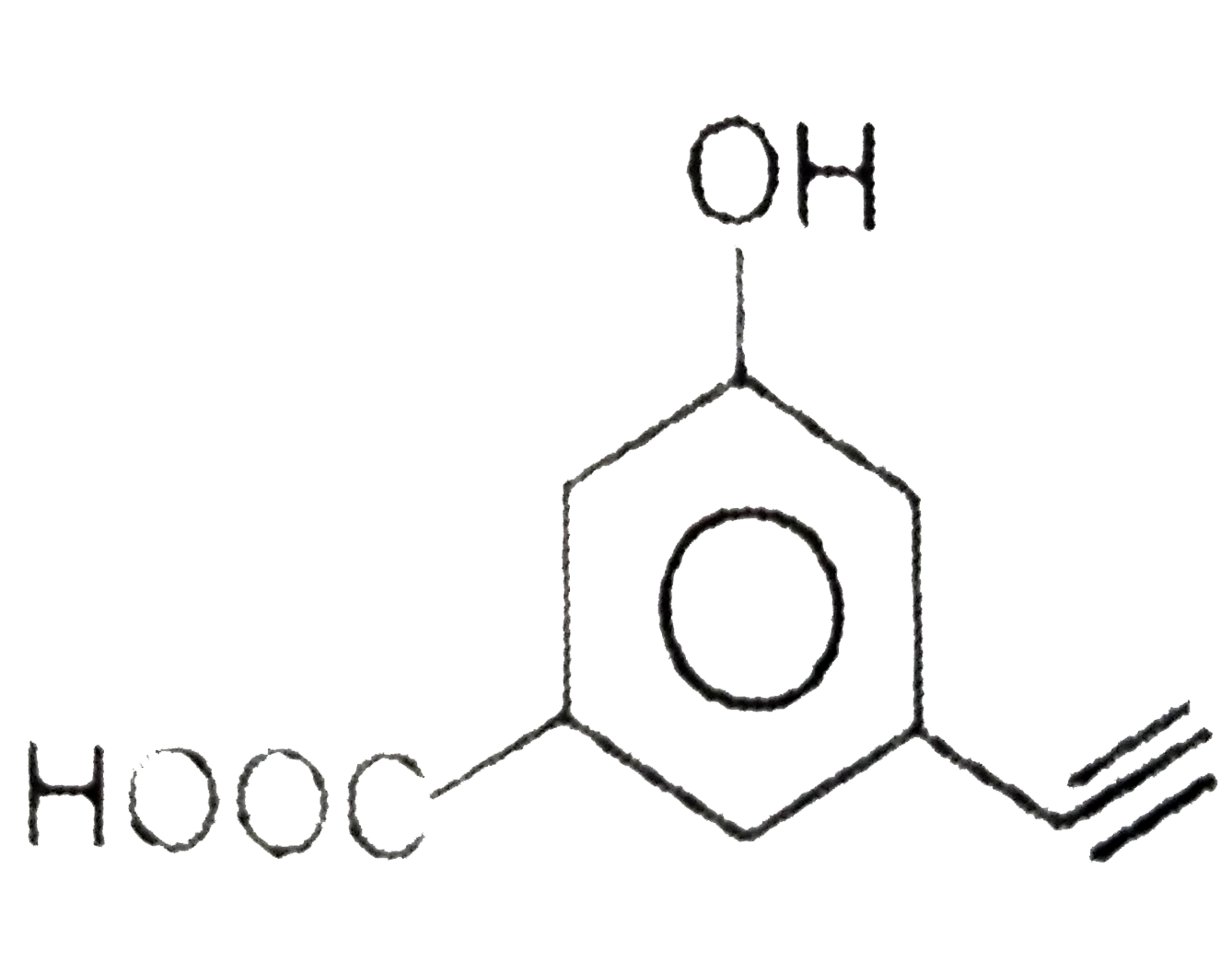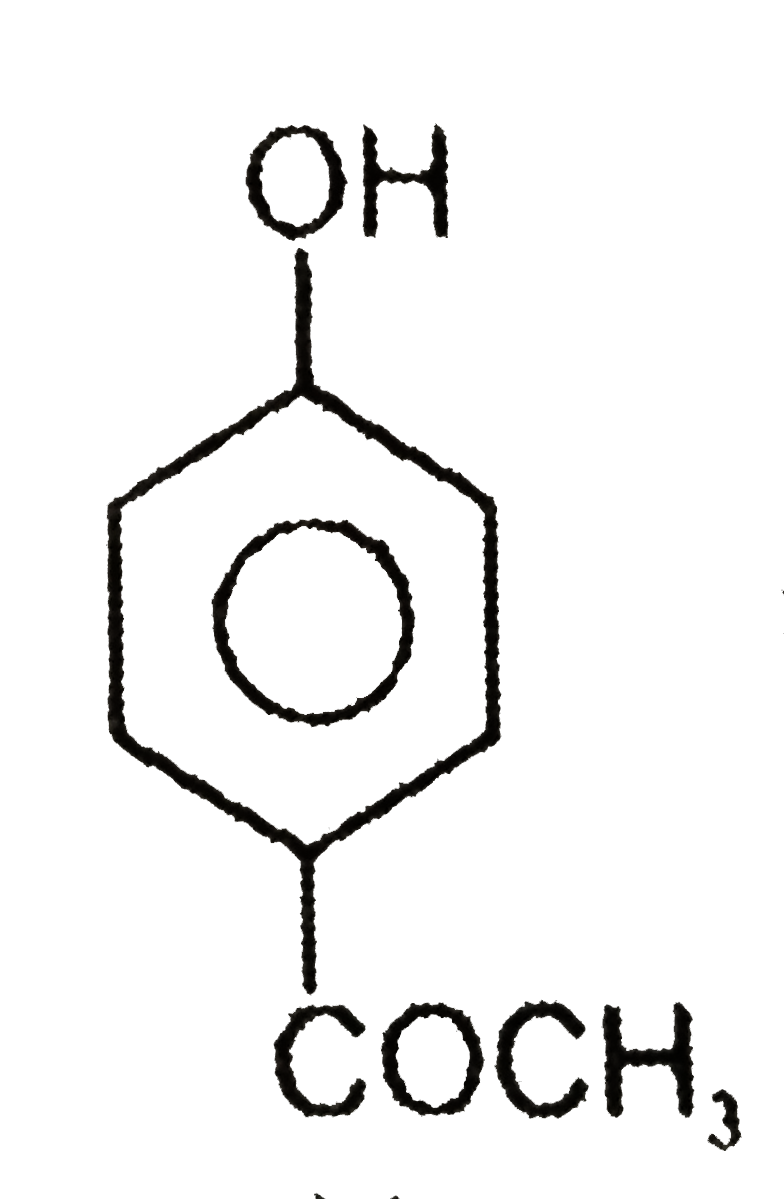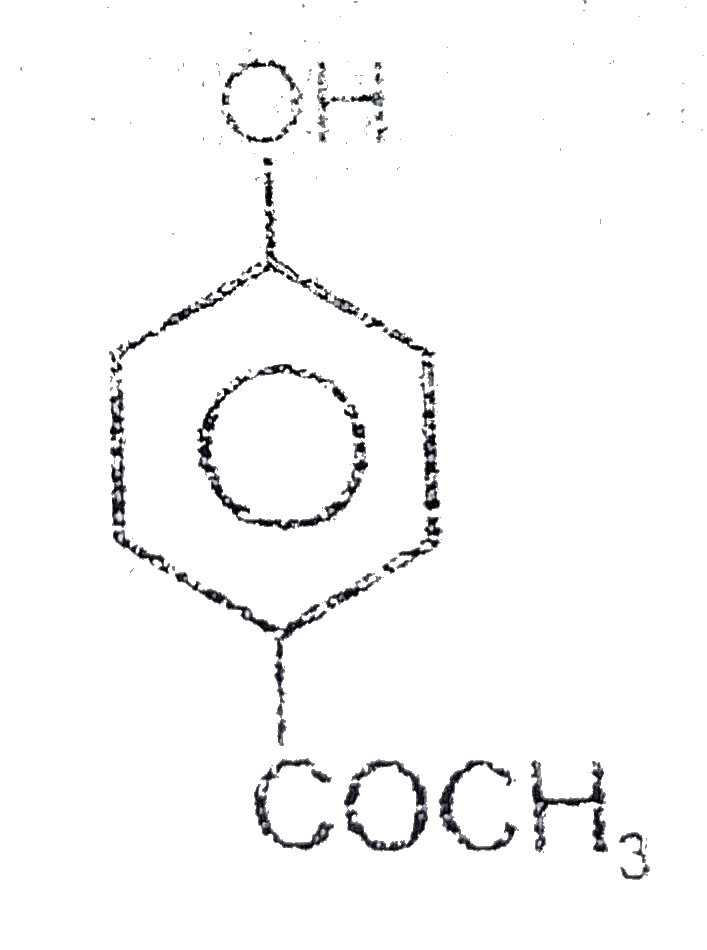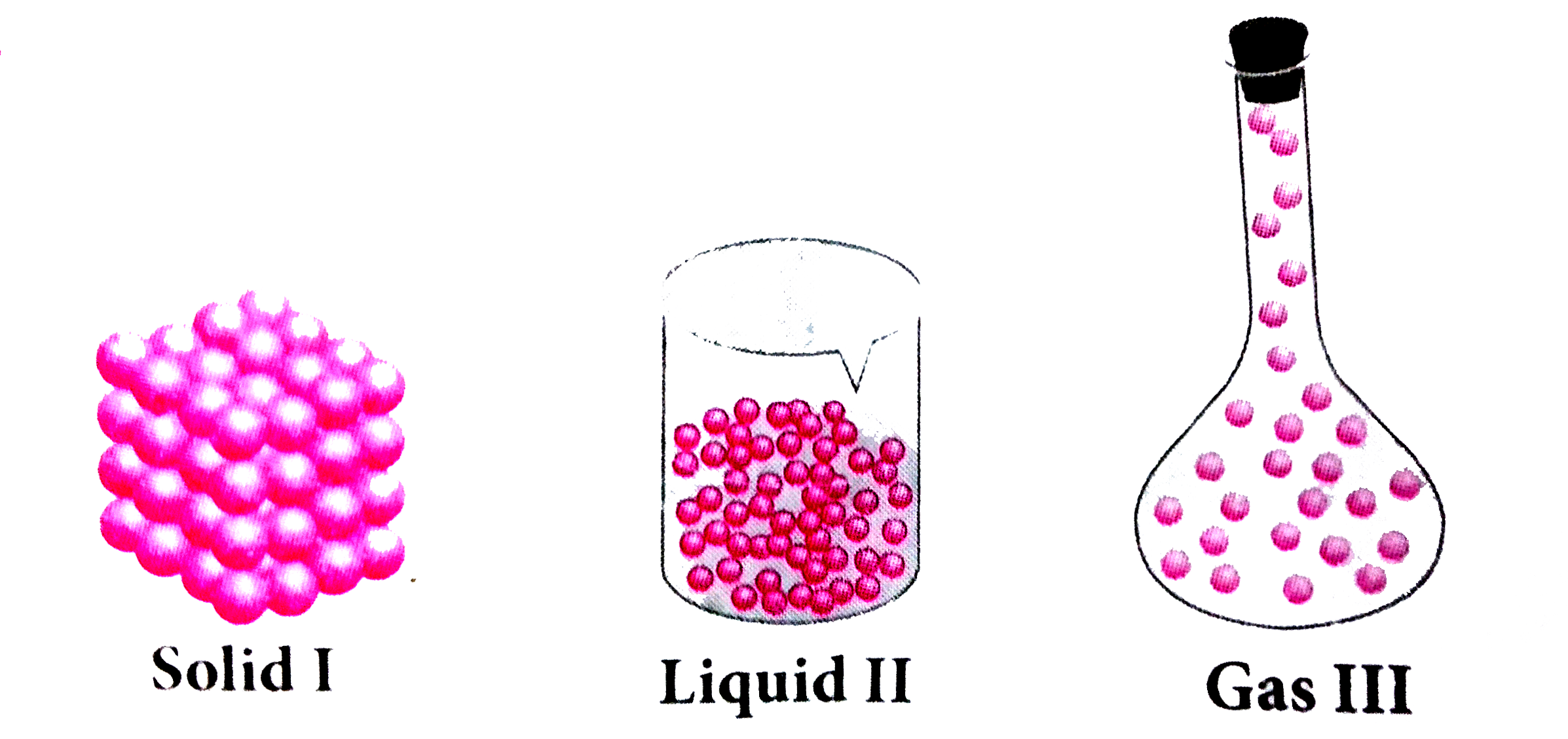Choose the correct statement(s) about buffer capacity during titration of NH4OH with HCl:
Buffer capacity during titration first increases then decreases
Buffer capacity reaches to maximum at equivalence point.
Buffer capacity will increase if concentration of NH4OH increases.
Buffer capacity value will remain same if strong acid HCl is replace by H2SO4 of equal [H2O]
To solve the question regarding buffer capacity during the titration of NH₄OH (ammonium hydroxide) with HCl (hydrochloric acid), we can follow these steps:
Step 1: Understand the Components
- NH₄OH is a weak base.
- HCl is a strong acid.
- During the titration, NH₄OH will react with HCl to form NH₄Cl (ammonium chloride) and water.
Step 2: Reaction Equation
The reaction can be represented as:
NH4OH+HCl→NH4Cl+H2O
Step 3: Initial Concentrations
At the start of the titration:
- Concentration of NH₄OH = C
- Concentration of HCl = 0
- Concentration of NH₄Cl = 0
Step 4: Change in Concentrations During Titration
As titration progresses:
- At time t, the concentration of NH₄OH decreases to C−X (where X is the amount of NH₄OH that has reacted).
- The concentration of NH₄Cl increases to X.
Step 5: Buffer Formation
At any point before reaching the equivalence point, both NH₄OH (weak base) and NH₄Cl (its salt) are present in the solution, creating a buffer system.
Step 6: Buffer Capacity
- Buffer capacity refers to the ability of a buffer solution to resist changes in pH upon the addition of small amounts of acid or base.
- During the titration, the buffer capacity will initially increase as more NH₄Cl is formed (which can neutralize added H⁺ ions from HCl) and then decrease as we approach the equivalence point where all NH₄OH has reacted.
Step 7: Analyze the Statements
- Statement A: Buffer capacity during titration first increases then decreases. (Correct)
- Statement B: Buffer capacity reaches maximum at equivalence point. (Incorrect)
- Statement C: Buffer capacity increases if concentration of NH₄OH increases. (Incorrect)
- Statement D: Buffer capacity remains the same if HCl is replaced by H₂SO₄. (Incorrect)
Conclusion
The only correct statement is Statement A: Buffer capacity during titration first increases then decreases.
---
- NH₄OH is a weak base.
- HCl is a strong acid.
- During the titration, NH₄OH will react with HCl to form NH₄Cl (ammonium chloride) and water.
The reaction can be represented as:
NH4OH+HCl→NH4Cl+H2O
At the start of the titration:
- Concentration of NH₄OH = C
- Concentration of HCl = 0
- Concentration of NH₄Cl = 0
As titration progresses:
- At time t, the concentration of NH₄OH decreases to C−X (where X is the amount of NH₄OH that has reacted).
- The concentration of NH₄Cl increases to X.
At any point before reaching the equivalence point, both NH₄OH (weak base) and NH₄Cl (its salt) are present in the solution, creating a buffer system.
- Buffer capacity refers to the ability of a buffer solution to resist changes in pH upon the addition of small amounts of acid or base.
- During the titration, the buffer capacity will initially increase as more NH₄Cl is formed (which can neutralize added H⁺ ions from HCl) and then decrease as we approach the equivalence point where all NH₄OH has reacted.
- Statement A: Buffer capacity during titration first increases then decreases. (Correct)
- Statement B: Buffer capacity reaches maximum at equivalence point. (Incorrect)
- Statement C: Buffer capacity increases if concentration of NH₄OH increases. (Incorrect)
- Statement D: Buffer capacity remains the same if HCl is replaced by H₂SO₄. (Incorrect)
The only correct statement is Statement A: Buffer capacity during titration first increases then decreases.
Topper's Solved these Questions
- BOOK - RESONANCE ENGLISHCHAPTER - IONIC EQUILIBRIUMEXERCISE - PART-2 Single and double value integer type9videos
IONIC EQUILIBRIUM
- BOOK - RESONANCE ENGLISHCHAPTER - HYDROCARBONEXERCISE - ORGANIC CHEMISTRY(Hydrocarbon)50videos
HYDROCARBON
- BOOK - RESONANCE ENGLISHCHAPTER - IUPAC NOMENCLATURE & STRUCTURAL ISOMERISM EXERCISE - Advanced Level Problems Part-52videos
IUPAC NOMENCLATURE & STRUCTURAL ISOMERISM
Similar Questions
Choose the correct statements(s):
View SolutionChoose correct statement(s).
View SolutionChoose the correct statement about isoelectric point
View SolutionChoose Correct statements about proteins
View SolutionCorrect statements (s) about
 is /areView Solution
is /areView SolutionCorrect statements (s) about
 is /areView Solution
is /areView SolutionChoose the correct statement about the choke coil
View SolutionCorrect statement (s) about
 is/areView Solution
is/areView Solution
Choose the correct statement about I, II and III.View SolutionChoose the correct statement about enzyme function .
View Solution

